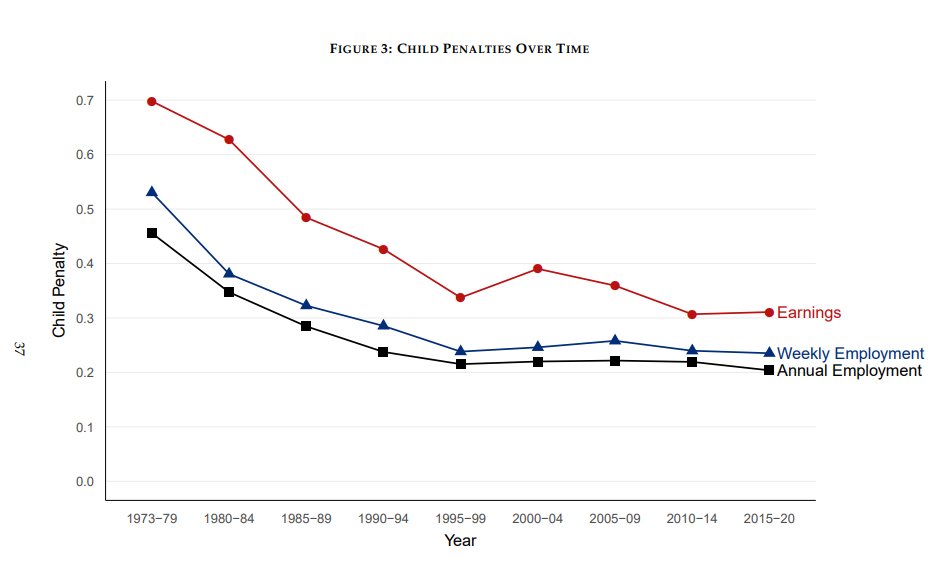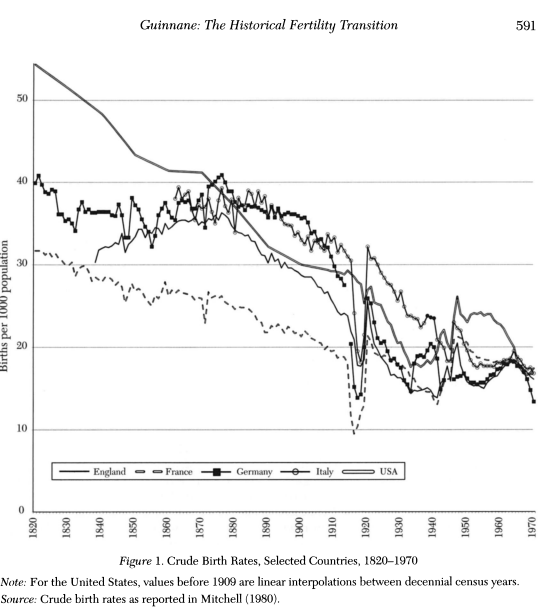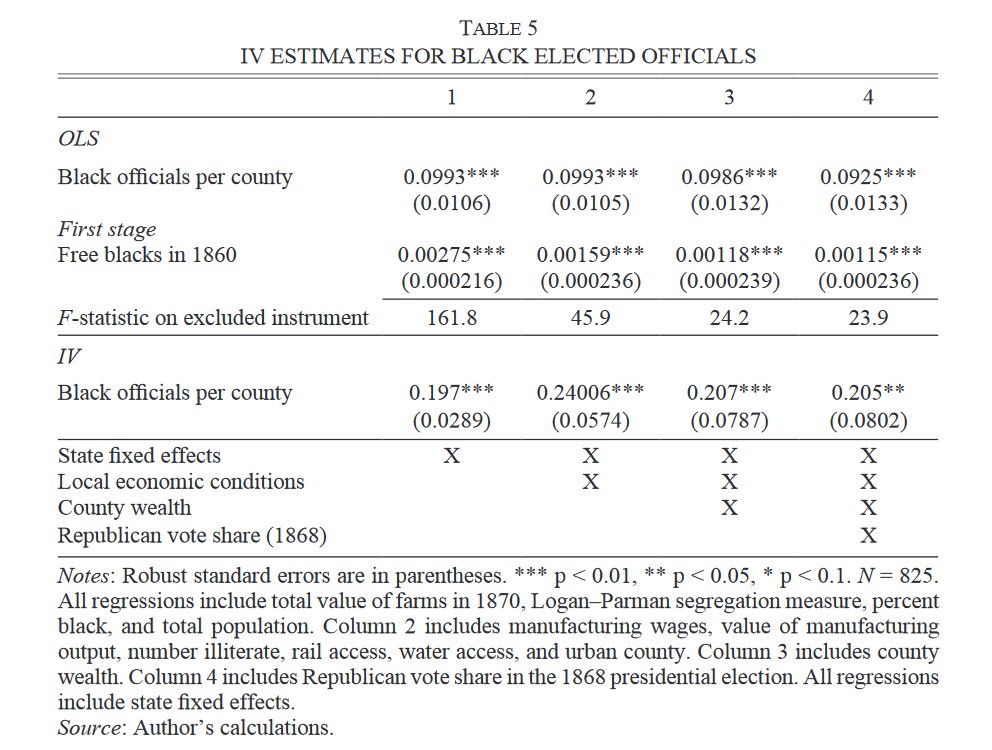How to get URL link on X (Twitter) App

 The "hockey-stick" shaped convergence of White-black wealth since 1860.
The "hockey-stick" shaped convergence of White-black wealth since 1860. 






 We measure segregation based on whether the next-door neighbor was US-born, which we can do thanks to the full-count censuses. This adopts @TrevonDLogan-Parman's method for black-white segregation to immigrants, and helps to overcome common measurement problems in the literature.
We measure segregation based on whether the next-door neighbor was US-born, which we can do thanks to the full-count censuses. This adopts @TrevonDLogan-Parman's method for black-white segregation to immigrants, and helps to overcome common measurement problems in the literature.
